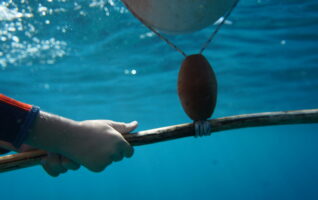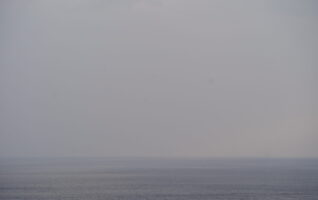Pedagogy for Expanded Interspecies Listening, Exhibition, 2023
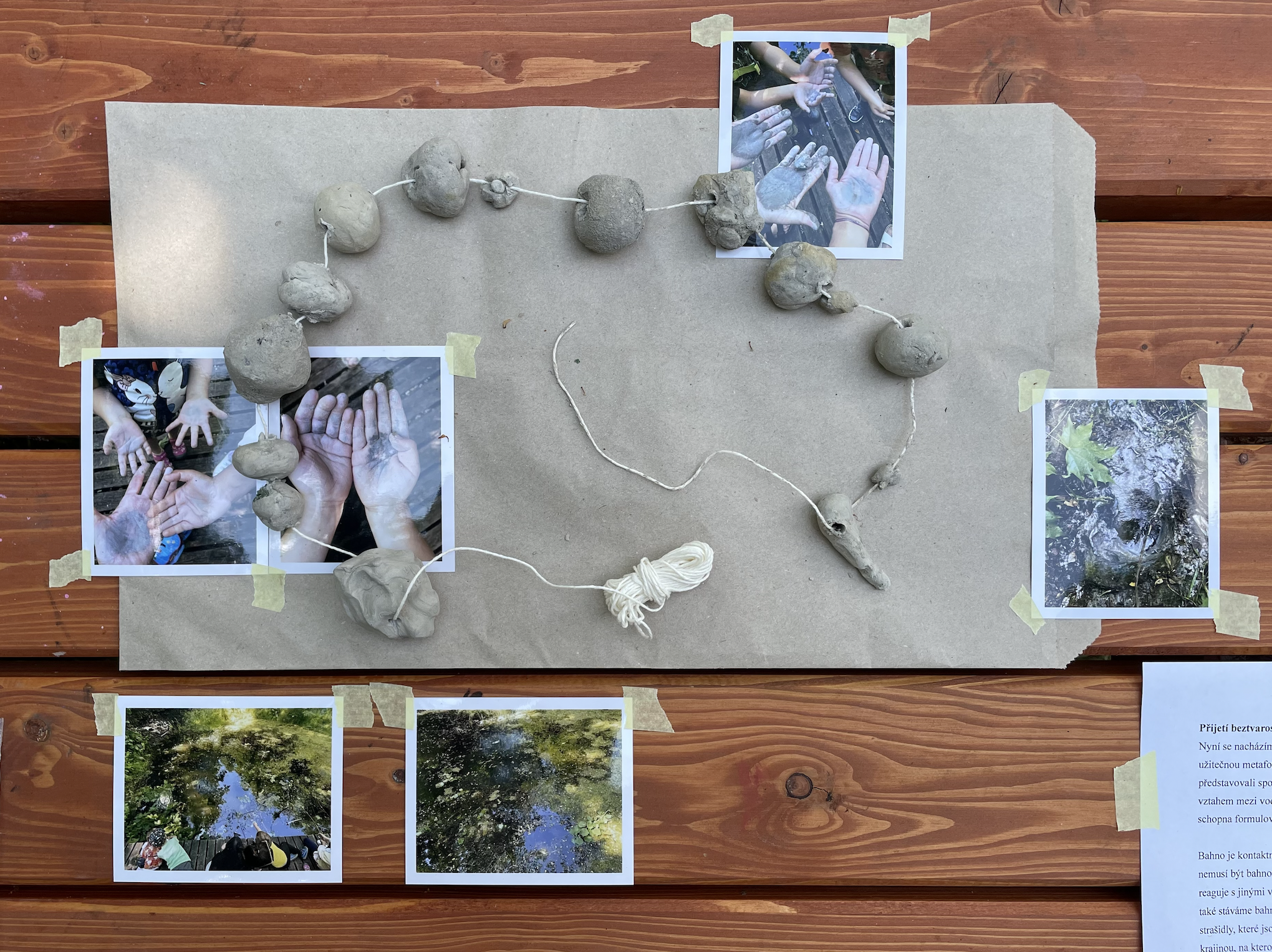 photos Sea-Water Amplification (SWA) 2022-3
photos Sea-Water Amplification (SWA) 2022-3
26. 6. In 2023, a one-day exhibition was held at which the concept of Pedagogy for Extended Interspecies Listening was partially presented. Specifically, it is a part of the work called Meteorological Walks.

The exhibition presented documentation of joint activities that were created from September 2022 to June 2023. This part of our artistic research was created in cooperation with groups of preschool-age children under the auspices of the Forest School Velíček.

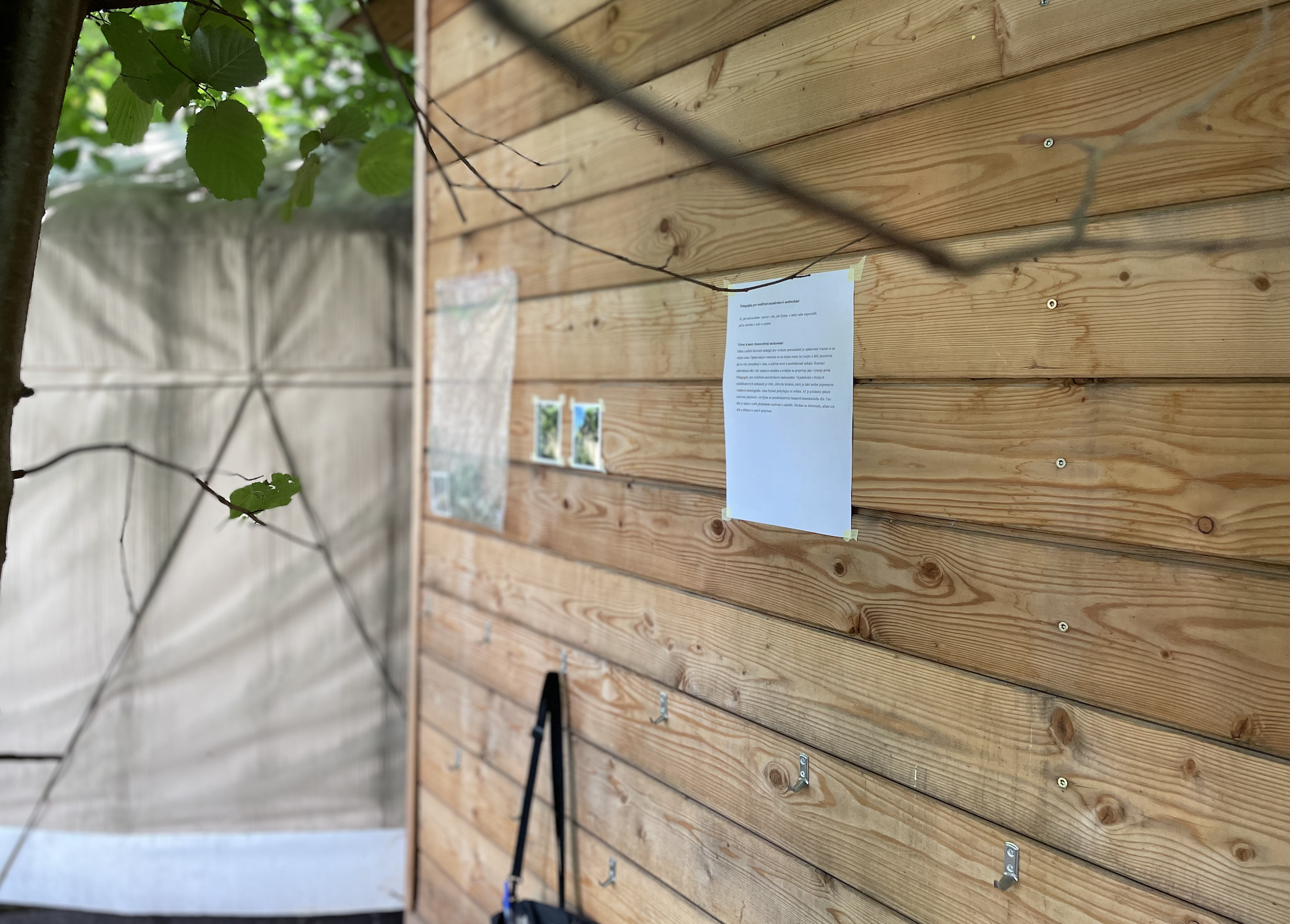
Pedagogy for Extended Interspecies Listening
How we listen is related to how we live, and can tell us how we care about ourselves and others.
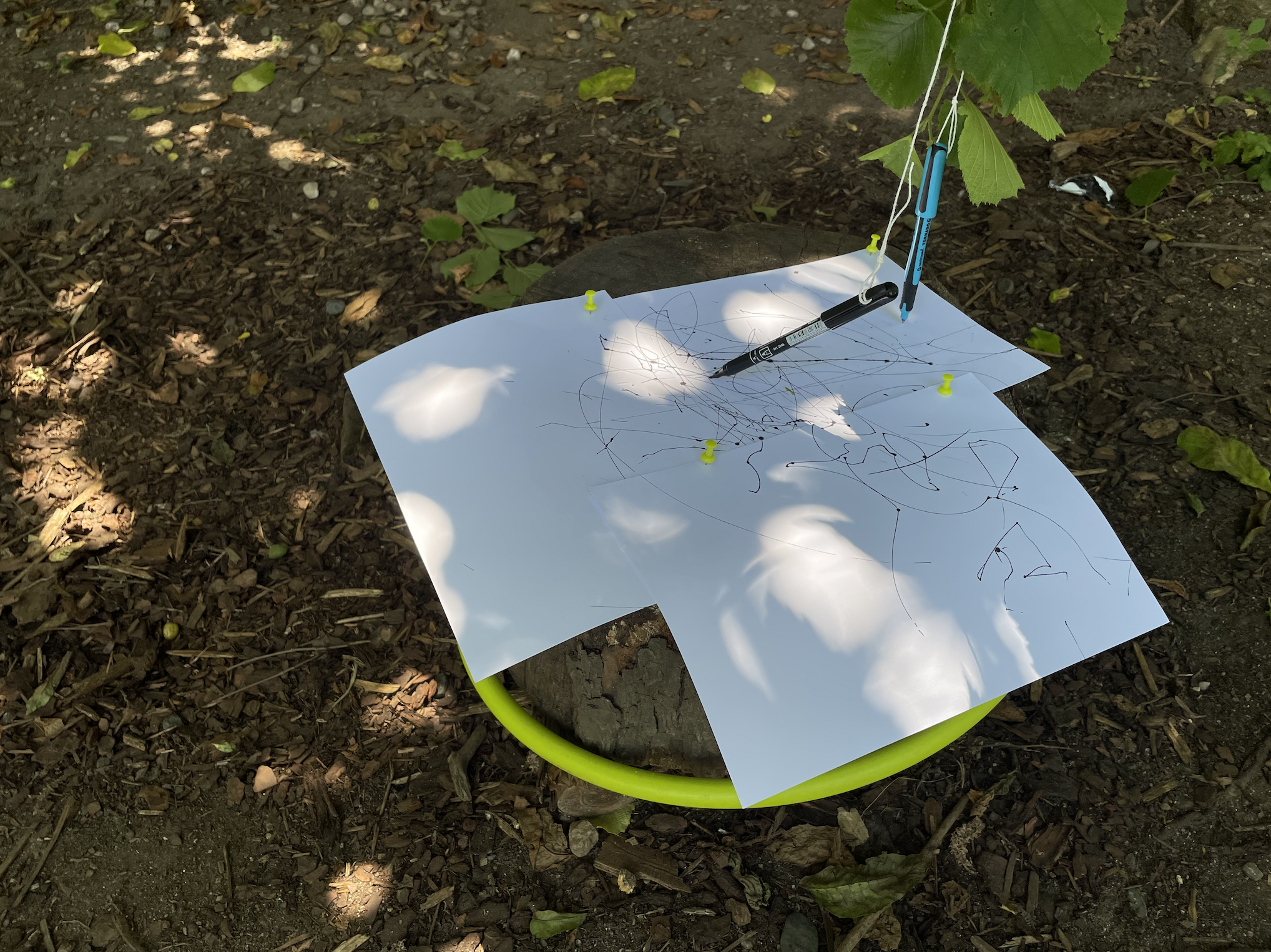
Choose between diverse options
One of our main strategies for research on understanding is to repeatedly return to the same places. By repeatedly returning to the same places, we can (not only in children) observe how things change over time, and experience new and unexpected encounters. Children’s growing self-awareness of familiar places and sounds is manifested as a prominent element of Educational for Extended-Interspecies Listening. Negotiating close multispecies encounters is always a sensitive step, which can also be called relational choreography. We are beings moving through the world. Whatever the initial mode of motivation, we evolve through the tactile-kinesthetic body. This body is itself the object of motivation and intention. We get together, we learn our bodies, and we do it through movement.
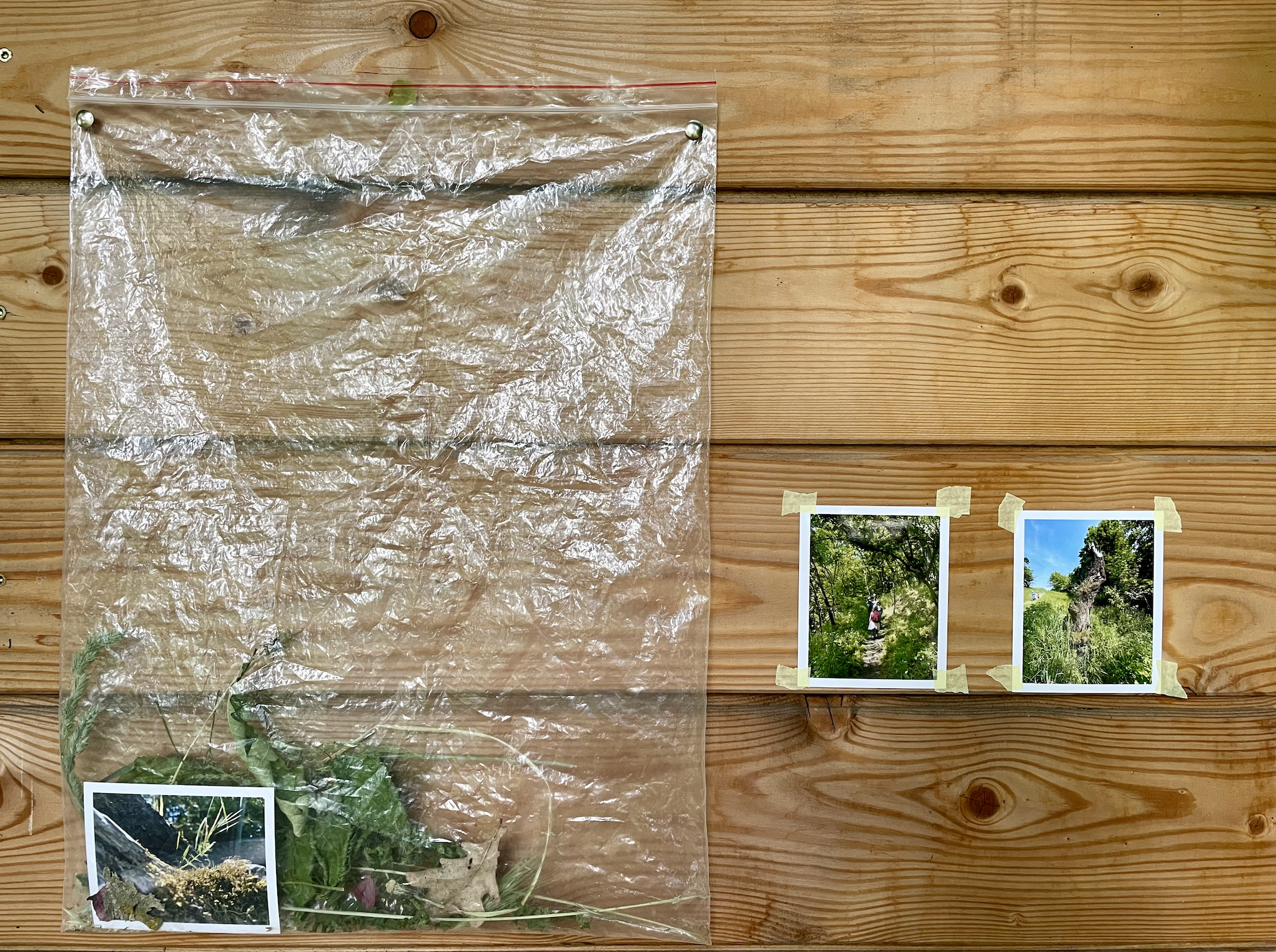

How to listen to a moving world?
We deliberately question, open up possibilities, remain curious, but also admit that there is always more going on than we can know – than we know. Learning to be influenced requires us to develop more than cognitive modes of attention, to tune in to the multifaceted ways in which human and more-than-human bodies move. In our artistic research practice, this means actively rejecting human exceptionalism and paying attention not only to how children move, how they come to life in contact with animals, but also to the movements and actions of lizards, fish, plants, clouds, meadows, rocks, asphalt, streams, mud, wetlands, oceans, rain, dust, etc.
Learning to be with the world and ideally to blend in completely with it.

Acceptance of shapelessness
We are now somewhere in the middle between solid and liquid. This state is a useful metaphor for us, which may be central to how we would imagine social relationships. We would like to think about the relationship between water and land. Specifically, we want to think about mud, as a substance that is able to articulate its own meanings.
Mud is a point of contact. At a fundamental level, mud is about meeting. As a lubricating substance, mud is not necessarily interesting in itself. Rather, it is interesting to the extent that it interacts with other things, both human and more-than-human. We play with mud, so we also become mud, our beings are also shaped by various superstitions and ghosts that are embedded in the mud we travel through. Mud says that it is the landscape that we cast our eyes on. What stories dwell in the mud on the banks of a river or the sea? What stories can mud tell?

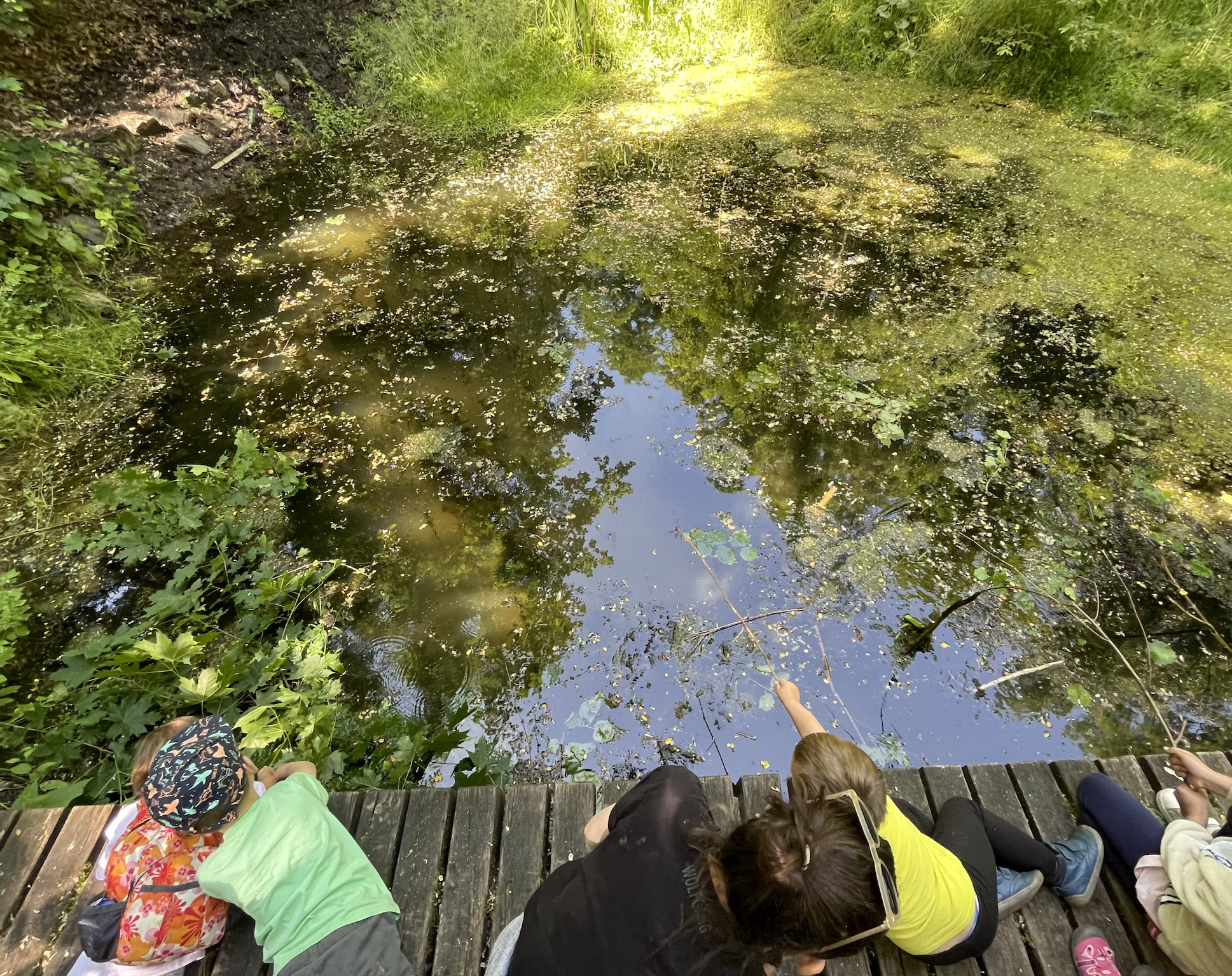
There is also always the possibility of some unexpected connection, of unplanned events. This means that it is also important to challenge the notions of control in the educational process by accepting a certain degree of complexity that both invites and attracts risk and enables the process of creation. This means, above all, overcoming dependence on predefined outcomes and known standards. Pedagogy for extended interspecies listening is full of difficult decisions, unanswered questions and ethical conundrums. We must be careful not to overlook the fact that the various more-than-human actors that children meet also have their own biographies and their own evolutionary pathways and legacies that exist separately and at the same time are tied to us.

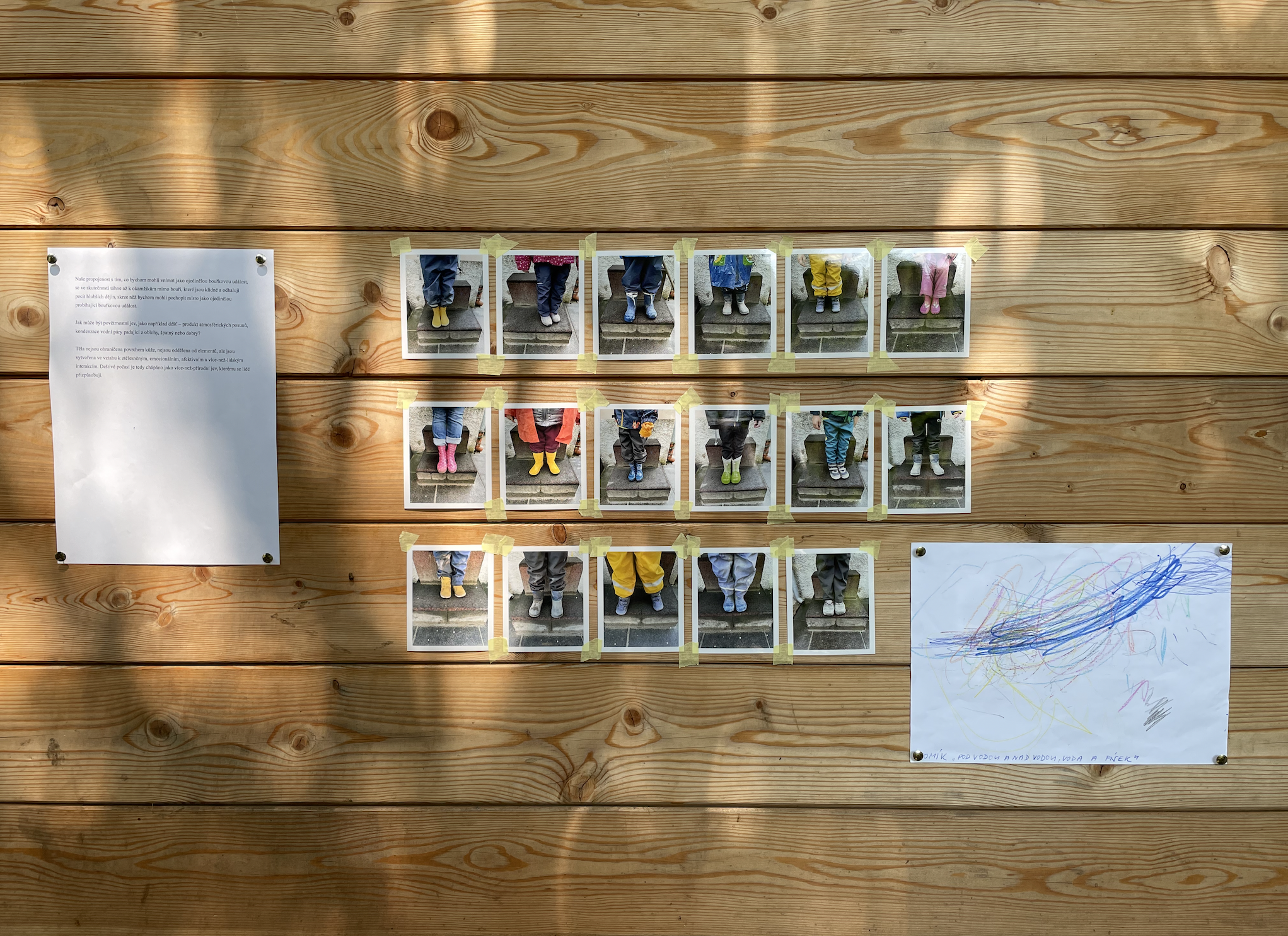
Our connection to what we might perceive as an isolated thunderstorm event actually extends to moments outside the storm that are calm and reveal a sense of a deeper history through which we might understand a place as an isolated ongoing thunderstorm event.
How can a weather phenomenon, such as rain – a product of atmospheric shifts, condensation of water vapor falling from the sky, be bad or good?
Bodies are not bounded by the surface of the skin, are not separated from the elements, but are created in relation to embodied, emotional, affective and more-than-human interactions. Rainy weather is thus understood as a more-than-natural phenomenon to which people adapt.
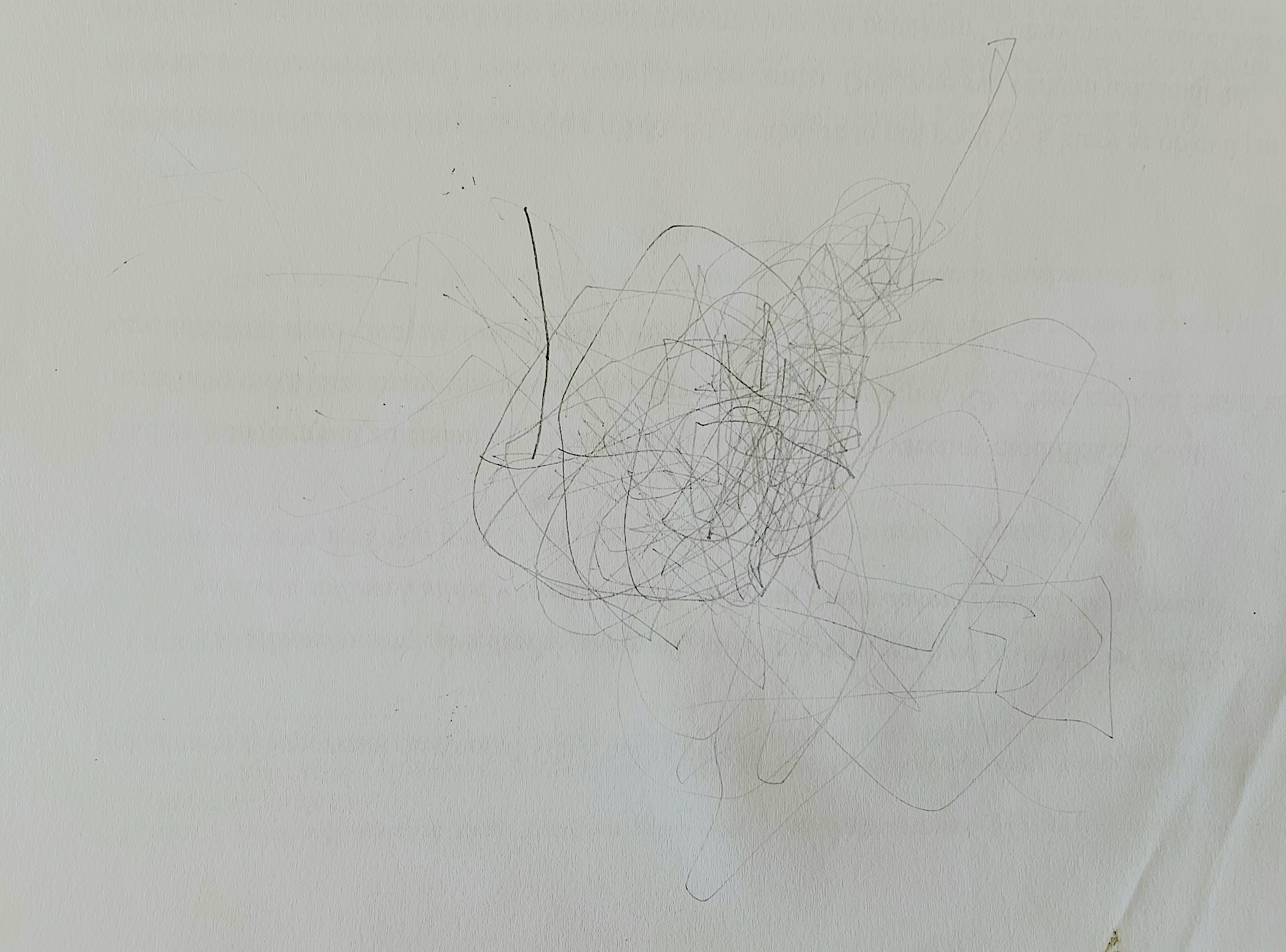
The weather also leaves its mark on our skin. In what ways do we get to know and learn about different worlds?
The openness in this way of cognition is that children can encounter things that were never intended or expected.
We would like to emphasize the fact that when walking there is a mutual relationship between body, consciousness, place and feeling that opens the way for surprises and chance encounters.
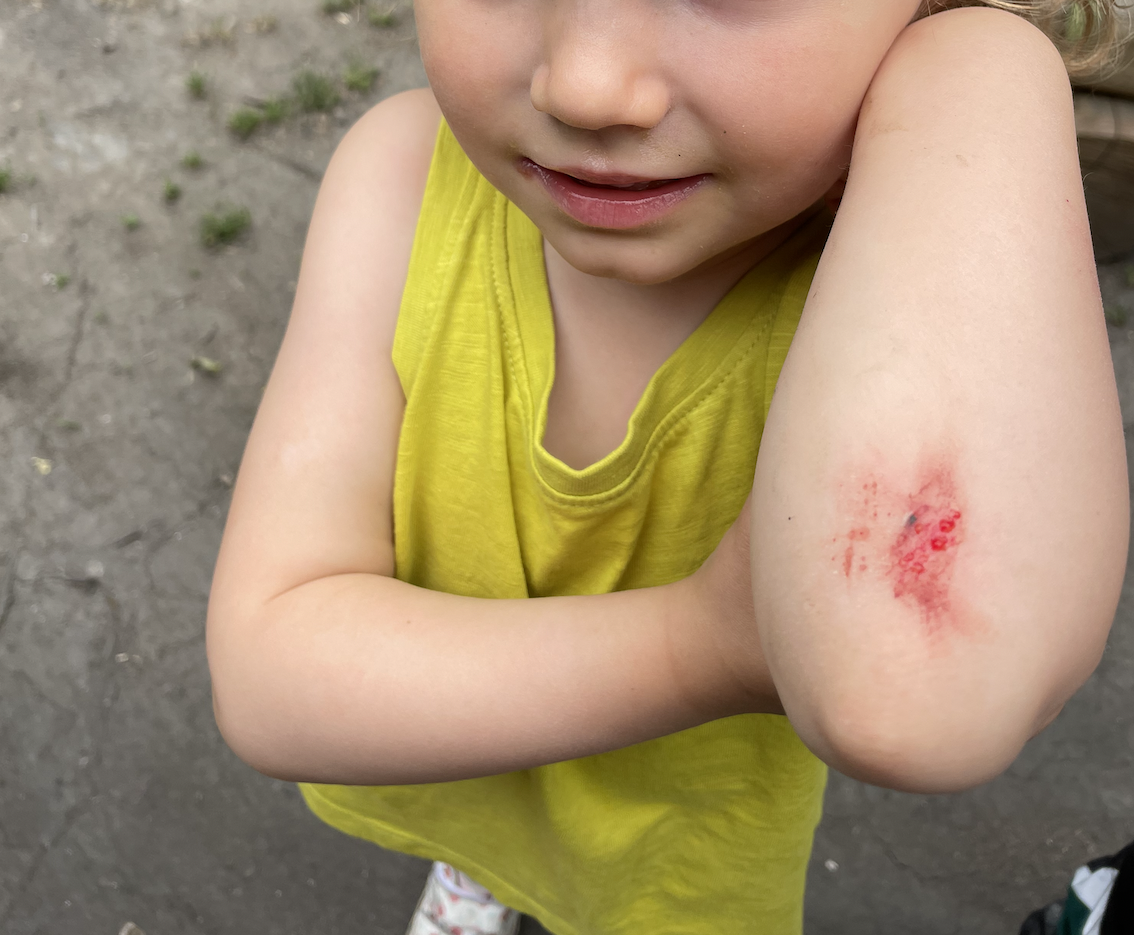 …
…
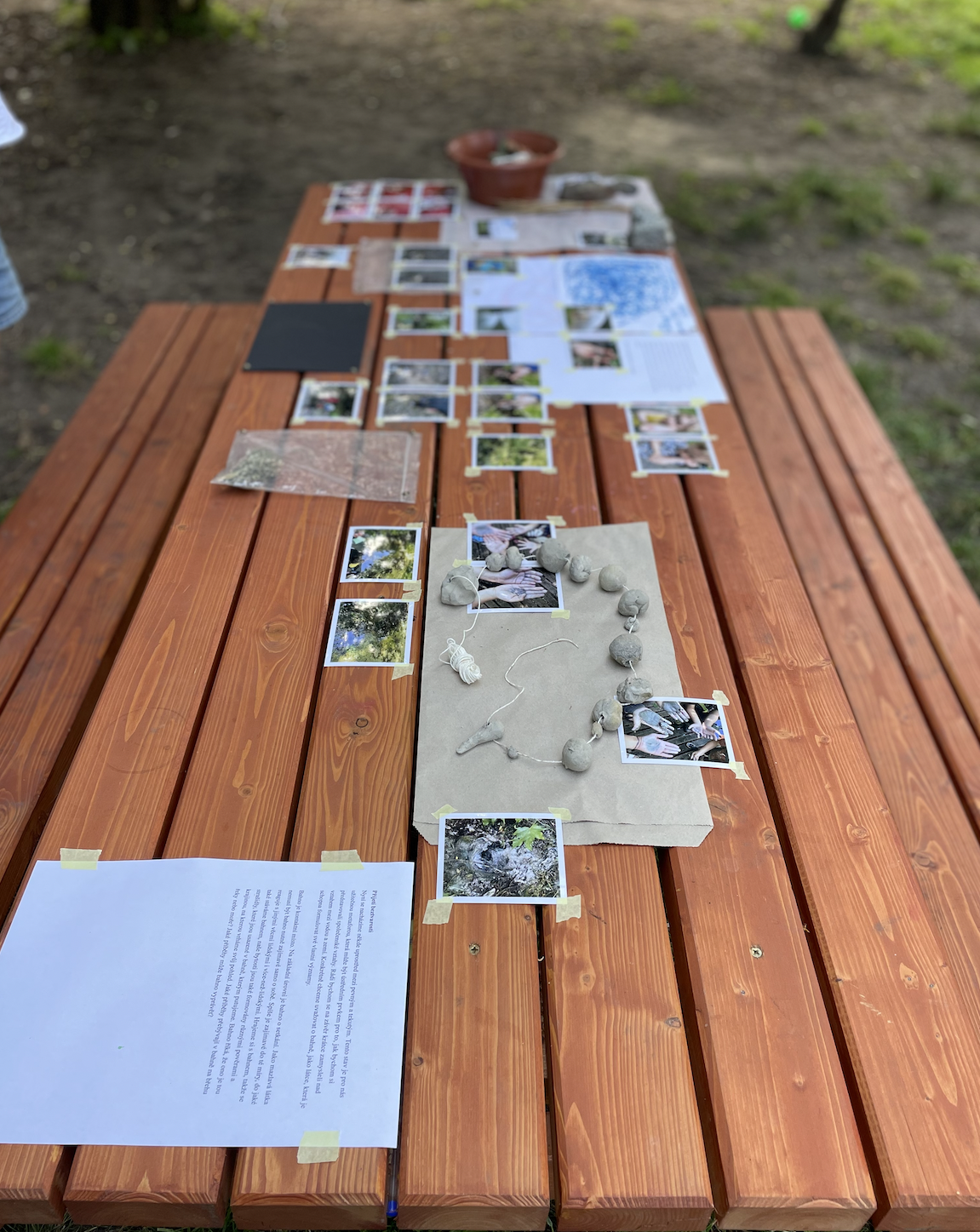
Notes: The Pedagogy for Expanded Interspecies Listening represents a wider range of artistic-research activities that arise as part of the educational-research environment Sea-Water Amplification (SWA) and artistic research platform Ausdruck Books Hybrid Publishing Platform. These activities aim to expand and define more deeply, the so-called experience in relation to outdoor pedagogy and epistemology of seascape.
Currently, The Pedagogy for Expanded Interspecies Listening is systematically developed in the Czech Republic (forest nursery Velíček&@abhpp), Portugal (@abhpp&SWA) and Finland (@abhpp&SAARI).

